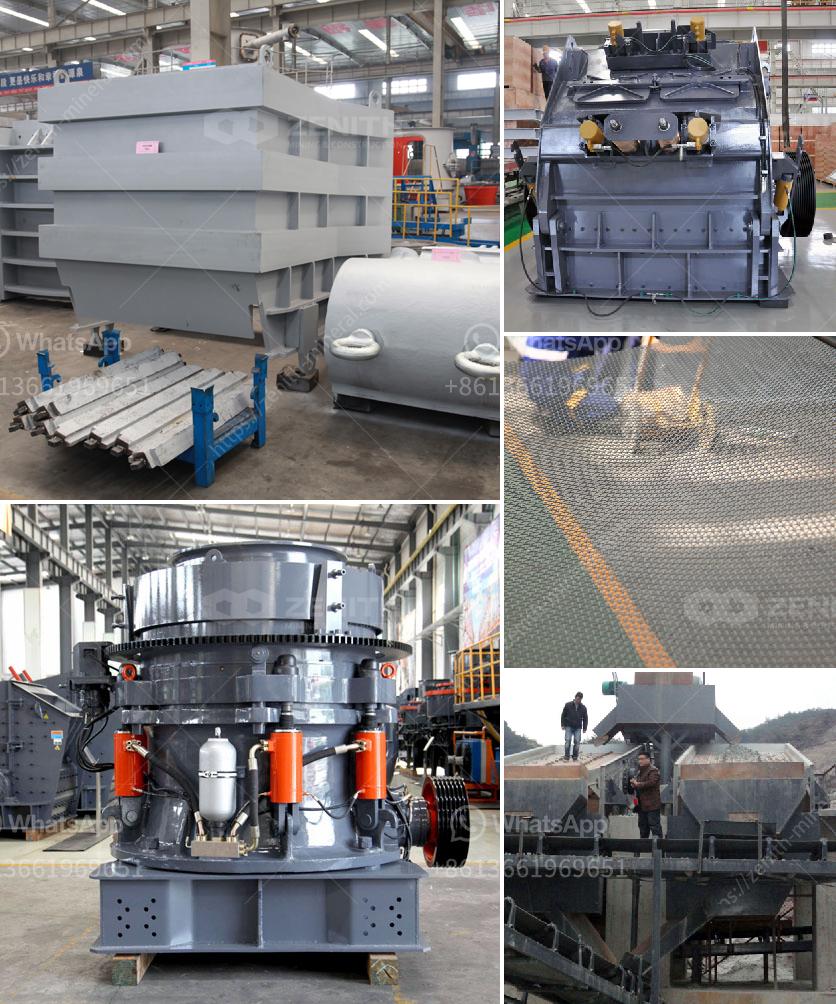A horizontal shaft impact (HSI) crusher is a type of crushing machine used in various industries to reduce the size of materials such as rock, aggregate, concrete, and others. The HSI crusher is particularly popular in the construction and demolition industries due to its efficient crushing process and ability to produce consistent and uniform particle sizes.
Horizontal Shaft: The main component is a rotating shaft positioned horizontally. The shaft's horizontal orientation distinguishes it from other crushers, such as vertical shaft impact (VSI) crushers.
Rotor: Mounted on the horizontal shaft, the rotor spins at high speed. It's fitted with blow bars made of high-strength material like manganese steel or high-chrome iron.
Blow Bars: These are the critical parts that impact and crush the material. They strike the feed material, shattering it into smaller pieces.
Impact Plates/Breaker Plates: Positioned around the rotor, these plates help redirect the material back into the path of the rotors for further reduction.
Feed Hopper: The component through which material enters the crusher.
Discharge Opening: The area where crushed materials exit the machine.
Material Feeding: Material enters the crusher via the feed hopper.
Impact Process: As the rotor spins, the blow bars strike the fed material, applying a high-velocity impact force. The energy from this impact forces the material against the impact plates, fracturing and breaking it.
Size Reduction:
Product Size Control: The size of the discharged material can be controlled by adjusting the speed of the rotor, the gap settings between the blow bars and impact plates, and the type of material being processed.
HSI crushers are used in applications like aggregate production, recycling of concrete and asphalt, mining operations, and in the production of manufactured sand, where resources are broken down into smaller, manageable pieces for further processing or direct use.
Understanding how an HSI crusher functions can guide the choice of equipment for specific crushing needs, ensuring optimal performance and efficiency in processing operations.
